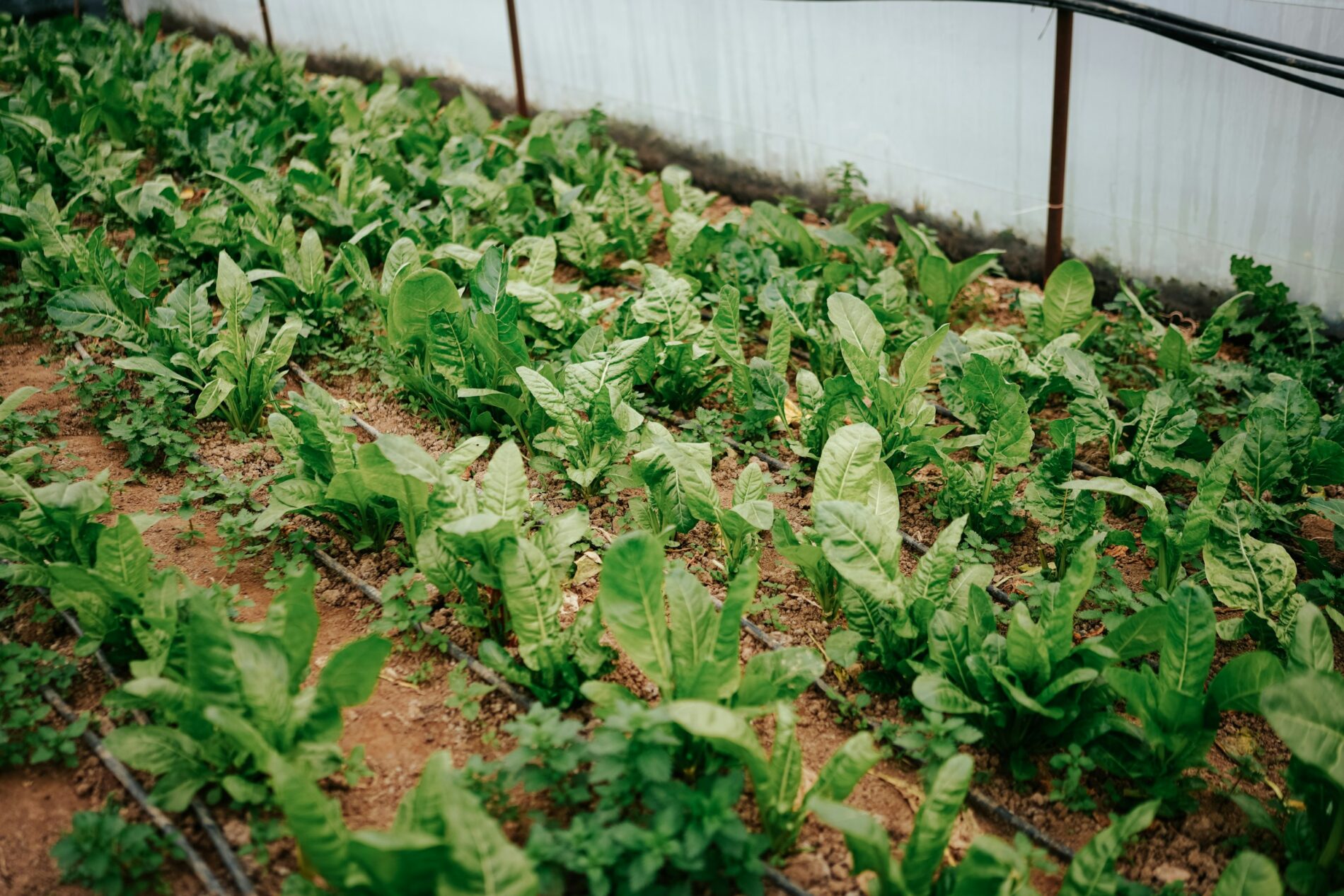Permaculture, coined in the 1970s, combines "permanent" with "agriculture." It's a way of gardening that mimics natural ecosystems, creating spaces that are sustainable, resilient, and abundant with life. In this article, we'll explore the basics of permaculture for the home gardener, offering a simple yet engaging guide to transforming your garden into a self-sustaining ecosystem.

Key Takeaways for the Home Gardener
- Sustainability is Key: Design your garden to be self-sufficient, reducing the need for external inputs.
- Diversity Protects: Various plants and animals enhance the garden's resilience.
- Observe and Adapt: Continue learning from your garden and adjusting your practices for better results.
Understanding Permaculture:
Permaculture is a philosophy and approach to land management that combines agricultural and social design principles. At its core, it focuses on the harmonious integration of the landscape with people to sustainably provide food, energy, shelter, and other material and non-material needs.
This approach is founded on three central ethics: care for the earth, which promotes practices that enrich the environment and preserve resources; care for people, which encourages social structures that support community and equitable distribution of resources; and share the surplus, which involves managing and sharing excess resources to enhance the well-being of all.
Together, these principles aim to create self-sustaining ecosystems that support healthy communities and the natural environment.
Permaculture Principles in the Garden
- Observe and Interact: Start by observing your garden. Understand the sunlight, soil, and water dynamics. It will help you design your garden to leverage these natural resources most effectively.
- Catch and Store Energy: Use techniques like rainwater harvesting and composting to capture and utilize natural resources. It reduces dependence on external systems, making your garden more resilient and sustainable.
- Produce No Waste: Waste is a resource in a permaculture garden. Composting turns kitchen scraps into rich soil, while mulching uses yard waste to suppress weeds and conserve water.
- Use and Value Diversity: A diverse garden mimics natural ecosystems, creating a more resilient and productive space. It includes planting various species and varieties, using companion planting, and encouraging beneficial insects.
Practical Steps to Start a Permaculture Garden
- Assess Your Site: Take note of your land's natural conditions, including soil type, climate, and sun exposure. This will guide you in deciding what to plant and where.
- Plan Your Zones: Permaculture gardens are organized into zones based on the frequency of human use, from the house (Zone 0) to the wild (Zone 5). It helps create an efficient layout that saves time and energy.
- Build Soil Health: Use no-dig gardening techniques to preserve soil life and enrich your soil with compost and mulch to create a fertile plant base.
- Choose the Right Plants: Select plants that are native to your area and suited to your garden's conditions. Focus on perennials and self-seeding annuals to create a garden that regenerates year after year.
- Implement Water Conservation: Use strategies like mulching, drip irrigation, and rainwater collection to make the most of every drop of water.
The Bottom Line:
By embracing permaculture principles, you can transform your garden into a thriving, sustainable ecosystem that nourishes people and the planet. Remember, the journey to a permaculture garden is learning and adapting. Each step brings you closer to creating a space in harmony with nature.




